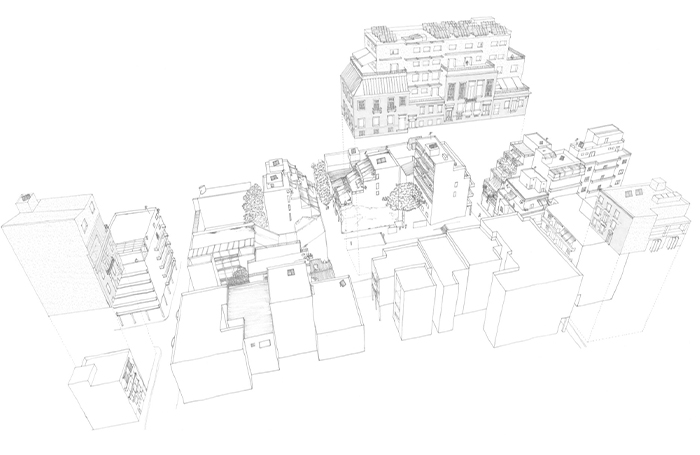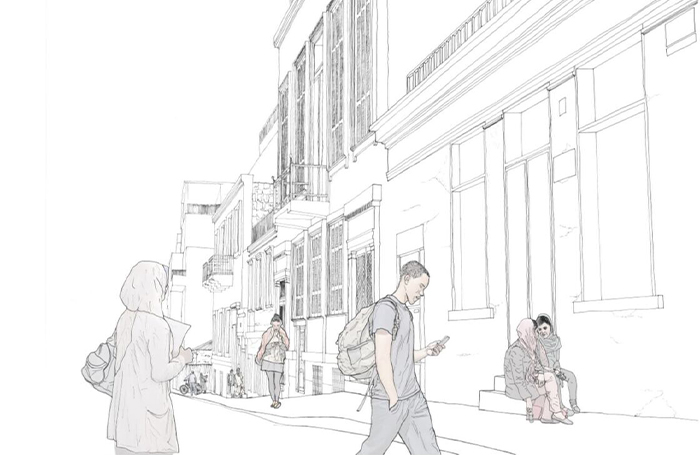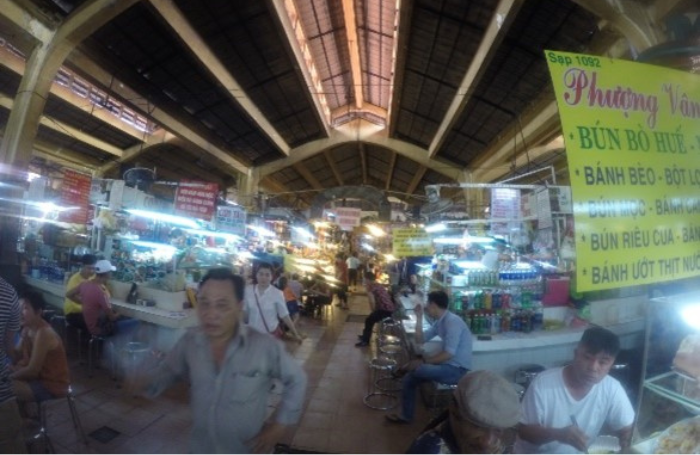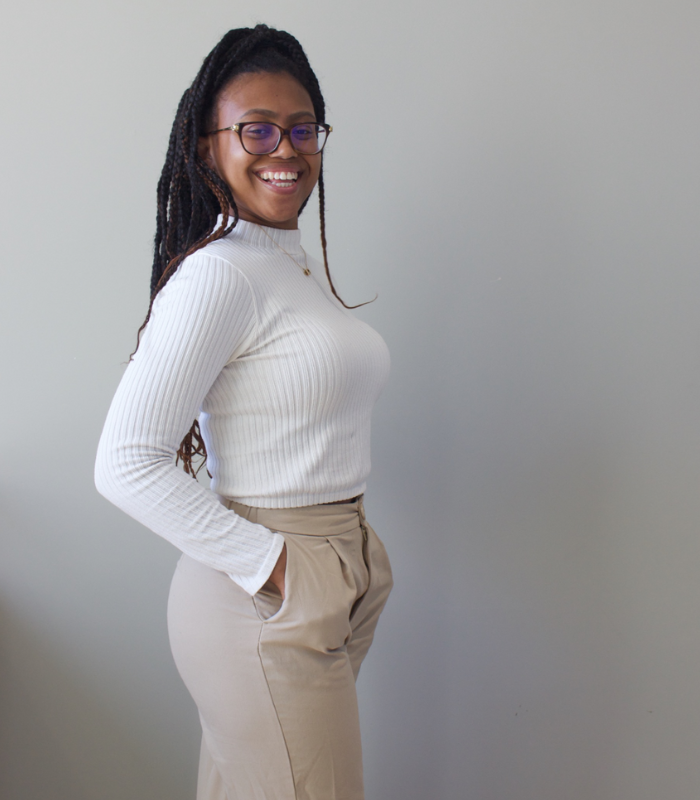In an era where travel has become more accessible than ever, I believe that the architectural profession needs to embrace and educate itself about cultural differences, particularly in the context of Black History Month, in order to enhance architectural design for everyone.
This concept, which I refer to as cultural cross-pollination, can bring together professionals from diverse backgrounds to explore different design ideas and develop innovative solutions that celebrate the rich history and contributions of Black and diverse communities.
Challenging perspectives
By opening our minds to other cultures and the historical experiences of marginalised communities, we can better appreciate and utilise the incredible diversity that already exists in the UK.
As Saint Augustine once said, "the world is a book, and those who do not travel read only a page." Travel provides profound learning opportunities, allowing individuals to gain insights into culture, environments, traditions, history, languages, and unexplored destinations, including those significant to Black history.
Our heritage plays a significant role in shaping our future. Therefore, exploring and travelling to different destinations can enrich individuals with unknown facts and knowledge. It is through this cross-pollination of ideas facilitated by travel that I believe we can learn so much from one another, fostering inclusive workplaces, and designing spaces for everyone.
Let me share my personal experience of travelling in Africa for four to five months, starting in Kenya and journeying through Tanzania, Zanzibar, Malawi, Zambia, Zimbabwe, and South Africa. Immersing myself in each country was truly breathtaking, and I encountered new customs and cultures that pushed me beyond my comfort zone.
These experiences challenged my perspectives and educated me about the diverse world around me, broadening my understanding of cultures different from my own.

The power of cultural cross-pollination
Another personal example to illustrate the power of cultural cross-pollination occurred during my final year of my master's program, when I had the opportunity to travel to Athens, Greece. This experience exposed me to a different way of life and architecture that served as a significant inspiration for my own design project.
Athens, historically known as the Gateway to Europe for people fleeing conflict, is now facing a rapidly changing political situation where migrant families find themselves trapped in the city.
In response, there has been an outpouring of voluntary efforts to support those affected by this political status, reflecting the importance of solidarity, and understanding, which are essential themes of Black History Month.
I was particularly struck by how the built environment shaped the way people related to each other in the central Athens community of Exarcheia. Squatted or dilapidated and abandoned buildings are common in the environment that many transient and refugee communities in Exarcheia consider as a temporary home.
We often underestimate the ability to live independently while pursuing our dreams and aspirations. However, for refugees and migrants, leaving their home countries often means leaving behind a significant portion of their belongings and struggling to adapt to their new surroundings.

During my time in Athens and in particular, in Exarcheia, I gained valuable insights into the architecture and culture of the area, which inspired my master's project. I aimed to repurpose the neighbourhood grid and unused courtyards, creating a common ground that would foster social cohesion among refugees, migrants, and Greeks.
The changing cultural landscape, along with the potential of utilising the abandoned neoclassical buildings and dilapidated façades, offered a future-proof solution for many such structures in Exarcheia.
In short, my design placed social cohesion and inclusion at the forefront. Doing this will soon become a necessity for architects and built environment professionals in a world that is increasingly mobile, changing and multicultural.
By embracing genuine inclusivity and paying homage to the profound significance of Black history and the histories of marginalised communities, we can collectively unite and commemorate inclusion as a foundational design principle.
This approach carries the potential to kindle innovation, foster creativity, and, ultimately, usher in positive changes within the field, while honouring the enduring legacy of Black communities and their contributions to society.

Influencing the field of architecture
Here are three ways that cultural cross-pollination through travel can influence the industry over the next decade:
1. Introduction of new cultures, traditions, and living conditions: Experiencing a culture firsthand, with all its sensory elements, provides a deep understanding of how people live and why they hold certain beliefs.
For example, my two-week trip to India included a yoga retreat that informed the use of natural materials in biophilic design, which can be applied in a British context.
2. Bridging the gap between hearts and encouraging empathy: Immersing oneself in different cultures fosters empathy by allowing you to see the world through the eyes of others. Experiencing daily life in various locations reminds us that we all share common desires for safety, love, and happiness, making the world feel smaller and less divided.
In Southeast Asia, I connected with locals through shared tables at food markets, reminding me that the way space is used can shape the way people relate to one another.
3. Providing an opportunity to meet new people: Travelling to new places exposes you to people from diverse backgrounds, allowing you to build relationships with individuals you might never have encountered otherwise. These interactions help you see yourself, your values, and your place in the world from a different perspective. For example, my visit to Masai Mara in Kenya challenged my thoughts on architectural concepts by witnessing how people construct houses, an experience I wouldn't have had by staying in one place.
About the author
Charlotte Shields is an Architectural Designer at Broadway Malyan currently studying her Part 3 at the University of Westminster. Her expertise is mainly in the residential sector, having worked on high end, social and private projects at various scales.

Charlotte is passionate not only about creating beautiful homes for people but also about the feeling one gets from the space they call home.
"At the end of the day, we all want a place we can call home that feels like home. I'm an individual who falls in love with the idea of making sure that people and families are given the home that they deserve to create long and lasting memories for many generations."
Outside of her professional role, Charlotte enjoys travelling the world and exploring places she has never been, learning the history and culture of countries.
She is driven by leaving a positive impact in the countries she travels to, whether that be travelling locally, working with NGOs or volunteering - embarking on different ways of life, cultures and beliefs to diversify her mind towards architecture and the work she does.









